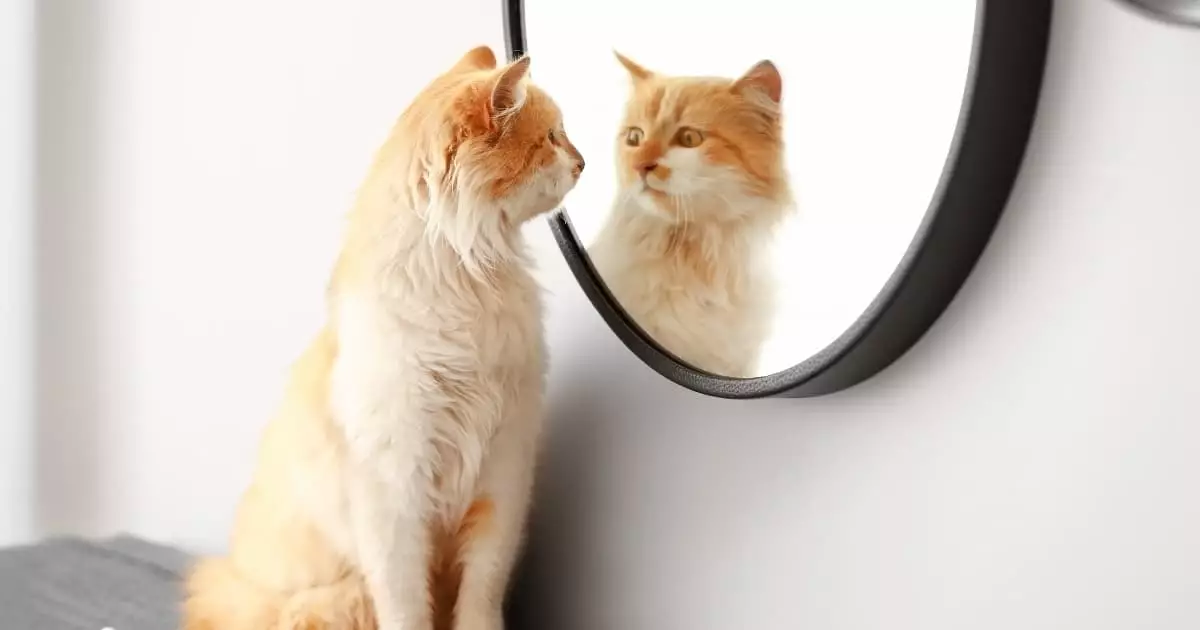Cats have intrigued and baffled humans for centuries. These mysterious creatures—often seen as aloof and unpredictable—offer a unique dynamic in the world of pet ownership. While dogs are generally straightforward in their affections and desires, cats operate on a different wavelength, leaving us questioning their motives and behaviors. This article delves into the psychology behind feline antics and explores the factors that contribute to their captivating yet puzzling nature.
The Balance of Independence and Control
At first glance, one might admire a cat’s independent spirit. However, that independence carries a deeper complexity. Cats don’t just enjoy being alone; they thrive on having control over their environment and interactions. This desire for autonomy manifests in their behaviors, from deciding when to seek attention to setting the boundaries of personal space. Each time a cat seems to toy with your affection, darting away just as you reach out for a pet, it is asserting its will. In this dance of dominance and submission, cats relish being in charge, sustaining an alluring mystery about when they will choose to engage.
In relationships, humans often crave emotional transparency, but cats provide a stark contrast. Their interactions can appear capricious; one moment, they are curling up next to you, inviting sustained affection, and the next, they’re fleeing your touch as if insulted. Understanding that their acceptance of affection is conditional, contingent upon their mood, helps illuminate the intricate balance of loving and respecting a cat’s need for autonomy.
The Confounding Language of Cats
Delving deeper into feline communication reveals a rich tapestry of body language that rivals even our own human nuances. Unlike loyal dogs whose tails happily wag with joy, a cat’s flicking tail could suggest multiple emotions—ranging from playfulness to irritation. Purring, often associated with contentment, may not always be a sign of happiness; cats purr to soothe themselves in stressful situations as well. This complex non-verbal language makes interpreting a cat’s feelings akin to deciphering code.
When your cat suddenly switches from deep relaxation to sudden, erratic behavior, it’s a reminder of the unpredictable heart of felines. Such abrupt mood changes can leave us scratching our heads, wondering where we went wrong. However, it’s important to recognize that these shifts are less about personal grievances and more about their inherent instincts. A cat’s environment influences their behavior, as they embody the role of both predator and prey. The whirlwind of emotions they often exhibit serves as a saga of their nature, keeping human owners closely tethered to their feline friends through an ongoing quest to understand them.
Cats excel in playing psychological games with their human counterparts. Take, for instance, their fondness for seemingly random bursts of energy—those awe-inspiring “zoomies” that serve no discernible purpose. One moment, they can be reclined in a sunbeam, and the next, they’re racing around the house as if they’re on a secret mission. These unpredictable bursts of activity serve to break routine, injecting excitement or confusion into daily life.
Moreover, when attempting to work, one quickly learns that a cat deployed directly on a laptop or sprawled across the newspaper is unyielding. It’s not merely attention-seeking behavior; it’s a subtle insistence that in their kingdom, you must prioritize them above all else. Recognizing this playful demand for your time can lead to a more rewarding relationship—one where compromise often reenacts the classic human-cat dynamic.
One of the most confounding yet endearing traits of cats is their penchant for mischief. From nudging objects off tables to offering you their “gifts” from a recent hunt—be it a toy or an unfortunate critter—cats continually remind us of their ancient hunting heritage. These acts are often baffling and utterly chaotic, but they serve a purpose beyond mere play; they demand our attention. This unpredictable chaos keeps the environment lively, stirring the pot of our human tranquility.
Additionally, their love for seclusion and sudden appearance from hidden nooks draws us into their world of mystery. A cat can vanish for hours only to reappear nonchalantly, as if unconcerned by the panic it may have incited in our hearts. This behavior further reminds us that they operate by their own rules, weaving a narrative that is intriguing and sometimes frustrating.
The unpredictable nature of cats may sometimes test our patience, but it is this very enigma that makes them so alluring. The constant questioning of their behaviors sparks curiosity and engagement, binding us in a uniquely complex relationship. Understanding and embracing their mystery transforms owning a cat into a delightful adventure as we navigate their whims and idiosyncrasies.
Ultimately, if cats were straightforward and easy to read, the experience of cohabiting with them wouldn’t be as captivating. It is the infinite quest for understanding that unfurls the beauty of our bonds with these enigmatic creatures. So, the next time your cat leaves you guessing, remember the joy of unsolved mysteries lies in the adventure itself.

